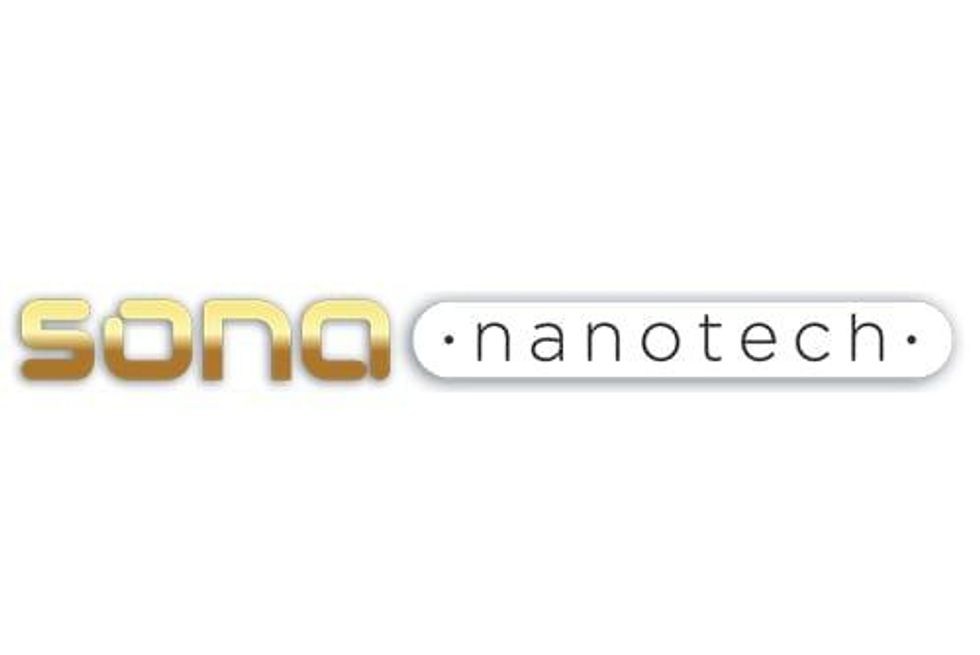
From sunscreen to dental implants to automobiles, products using nanotechnology are almost everywhere. But what is nanotechnology, exactly?
From sunscreen to dental implants to automobiles, products using nanotechnology are almost everywhere. However, most investors still find themselves asking the question, “what is nanotechnology, exactly?”
The National Nanotechnology Initiative (NNI) defines nanotech as “science, engineering, and technology conducted at the nanoscale.” It is difficult to conceptualize just now small the nanoscale is. To give an idea, a sheet of newspaper is about 100,000 nanometers thick, and 1 inch is 25,400,000 nanometers thick.
However, Nanowerk points out that the definition of nanotechnology can get a little more complicated than that. Nanotechnology mainly comes in the form of research and processes, as there are very few true nanoproducts currently in existence.
It states, “‘[n]anotechnology’ products that are on the market today are mostly gradually improved products (using evolutionary nanotechnology) where some form of nanotechnology enabled material (such as carbon nanotubes, nanocomposite structures or nanoparticles of a particular substance) or nanotechnology process (e.g. nanopatterning or quantum dots for medical imaging) is used in the manufacturing process.”
Overall, Nanowerk suggests that the most important point to consider is whether a material or process “has special properties that are exclusively due to its nanoscale proportions.”
History of nanotechnology
While NNI notes examples of nanotechnology use as early as the fourth century, most trace the beginnings of modern nanotechnology research back to a lecture given by physicist Richard Feynman in 1959. The talk, titled “There’s Plenty of Room at The Bottom,” looked at the idea that machines could manufacture objects with atomic precision.
Following that, in the 1970s, MIT student Eric Drexler started to explore the idea of molecular manufacturing, eventually publishing his ideas in the book Engines of Creation. According to Chris Phoenix, director of research at the Center for Responsible Nanotechnology, the book created “much excitement” and caused the term nanotechnology to rapidly become popular.
Since then, there have been plenty of advances at the nanoscale in the realm of semiconductors, chemistry, materials and medicine. The IBM (NYSE:IBM) logo was famously spelled out in individual atoms in 1989, and early nanotechnologies came into existence in the 1990s.
Consumer products using nanotechnology began to appear at market in the early 2000s, including sporting equipment, sunscreens, wrinkle- and stain-resistant clothing and fast-charging batteries.
Benefits and risks of nanotechnology
There remains controversy over the idea of molecular manufacturing, as Dexler’s book referenced the science fiction-esque idea that self-replicating nanostructures could potentially spiral out of control, turning the world into a sea of gray goo. More broadly, critics have noted the potential health and environmental risks of nanotechnology due to the fact that nanostructures behave differently in the environment.
However, the potential benefits of nanotechnology have still drawn numerous companies to continue nanoscale research. As NNI explains, the ability to tailor essential structures opens up a world of possibility for manufacturing, allowing materials to be made stronger, lighter, more durable, scratch resistant, electrically conductive and more.
Worldwide, the nanotechnology market is growing. A report titled “Nanotechnology Market Outlook 2020” states that the global nanotechnology market is expected to reach $75.8 billion by 2020. That would constitute a compound annual growth rate of 16.5 percent between 2014 and 2020.
Don’t forget to follow us @INN_Technology for real-time news updates.
This is an update to an article originally published in 2015.
Securities Disclosure: I, Jocelyn Aspa, hold no direct investment interest in any company mentioned in this article.
